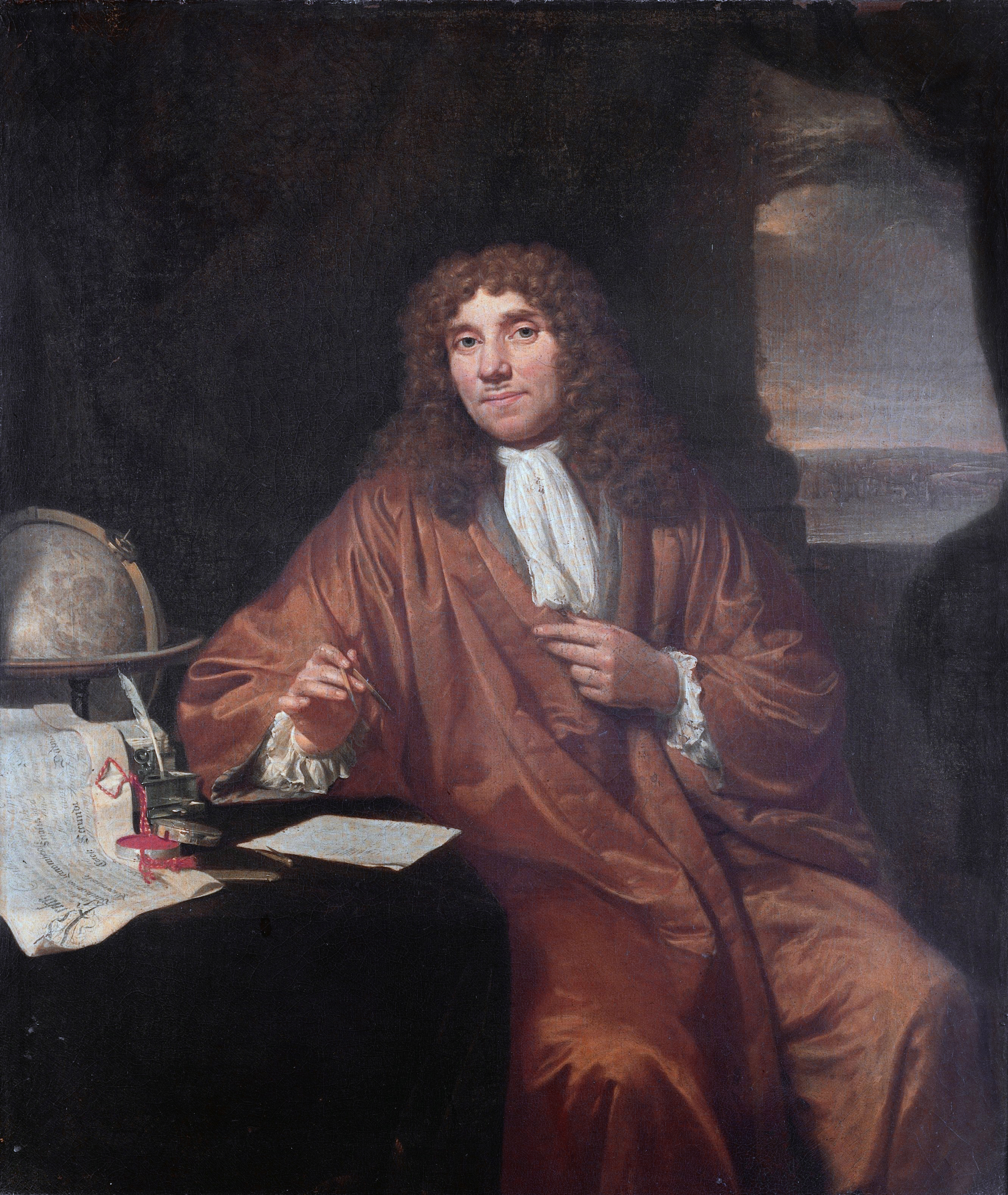Leeuwenhoek, << LAY vuhn hook, >> Anton van (1632-1723), a Dutch amateur scientist, was one of the first people to record observations of microscopic life. He provided the first clear descriptions of bacteria.
Leeuwenhoek was born on Oct. 24, 1632, in Delft, the Netherlands. He earned his living as a cloth merchant and made his first microscopes to help inspect the quality of cloth. His simply constructed microscopes were among the most powerful of his day. His best surviving microscope magnified objects with clarity up to 270 times their actual size.

In 1674, Leeuwenhoek concluded that the moving objects he viewed through his microscopes were tiny animals. Beginning in 1676, he wrote approximately 30 letters to the Royal Society in London in which he described several types of these microorganisms. Leeuwenhoek called the microorganisms animalcules. They included what are now known as bacteria, protozoa, and rotifers.
Leeuwenhoek hoped that his discovery of the animalcules would disprove the widely believed theory of spontaneous generation. This theory held that lower forms of life, such as worms and lice, originated from nonliving matter. To challenge this belief, Leeuwenhoek studied the sperm of several kinds of animals as well as the life cycles of mites, lice, and fleas. His studies contributed to the abandonment of the theory of spontaneous generation in the mid-1800’s.
Leeuwenhoek was also interested in the ways animals and plants transport nutrients. He studied the blood of fish, birds, tadpoles, and mammals, including human beings. In 1674, he became the first person to correctly describe red blood cells. In plants, Leeuwenhoek showed how sap moves through a network of channels, or vessels. He also revealed the complex structures of roots, stems, and leaves. He died on Aug. 26, 1723.
